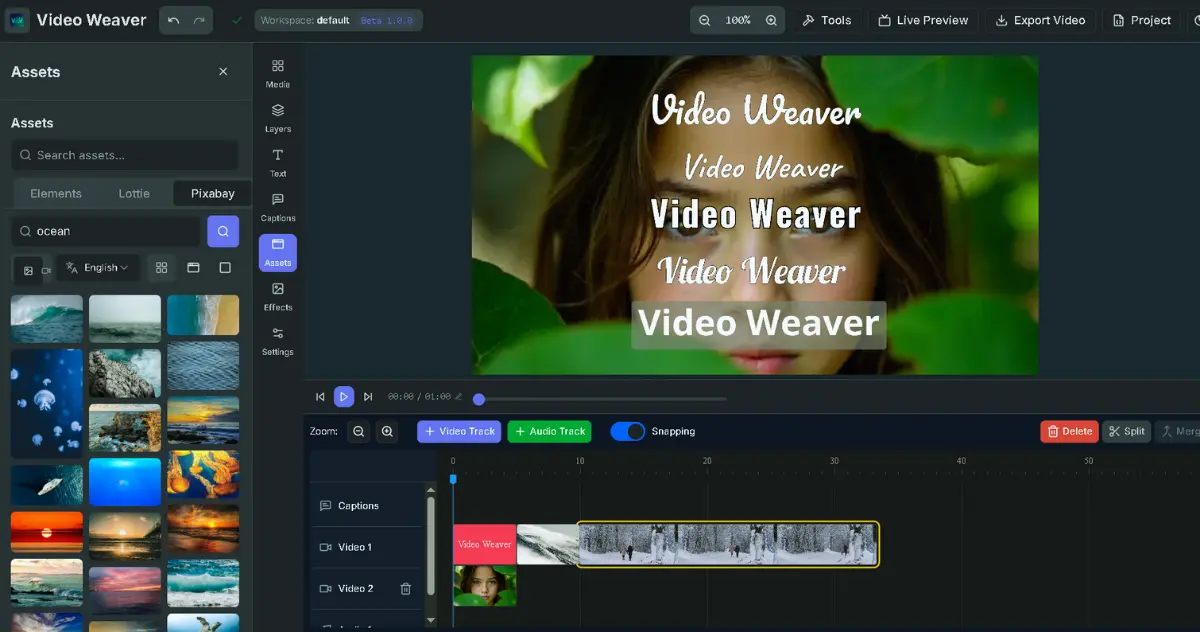DeepSeek Releases nano-vLLM: A Minimal and Blazing Fast LLM Inference Engine in Just 1,200 Lines of Code!
The AI community has a new surprise! A developer from the DeepSeek team has open-sourced a personal project called “nano-vLLM.” With only about 1,200 lines of Python code, it achieves offline inference speeds comparable to the original vLLM. This article takes you deep into what makes this project special, its core technologies, and why it’s significant for developers and researchers alike.
Recently, the AI developer community has been buzzing about a project named nano-vLLM. When people hear “vLLM,” they immediately think of the efficient and powerful large language model (LLM) inference framework. And this nano-vLLM, developed and open-sourced personally by a top-tier developer from the DeepSeek team, is an ultra-light, back-to-basics version of vLLM.
Wait—don’t get it wrong. This isn’t an official DeepSeek product. It’s a personal labor of love, and precisely because of that, it exudes a kind of unique charm—pure, focused, and full of ingenuity.
So, What Exactly Is nano-vLLM?
Simply put, nano-vLLM is a lightweight LLM inference engine designed for simplicity and efficiency.
What’s most surprising is that the entire core codebase is just about 1,200 lines of Python! Yes, you read that right. In an age when full systems often span tens or even hundreds of thousands of lines, nano-vLLM stands out as a refreshing breath of simplicity. Its code is clean, easy to follow, and almost free from unnecessary abstraction layers—giving developers a direct view into the inner workings of an LLM inference system.
This makes it a perfect learning tool. If you’ve always been curious about how vLLM or other inference frameworks work under the hood—but found their massive codebases intimidating—then nano-vLLM’s GitHub repo is the ideal place to start.
Don’t Be Fooled by “Nano”—It’s Blazing Fast!
You might think that such a minimal codebase comes at the cost of performance.
Interestingly, it’s quite the opposite. In offline inference scenarios, nano-vLLM performs almost as fast as the full-featured original vLLM—and in some specific cases, even faster.
How is that possible? It’s all about smart trade-offs. nano-vLLM strips away complex online serving features like dynamic batching and real-time streaming, and instead focuses on executing single offline inference tasks to perfection. Without the heavy scheduling logic needed for high concurrency and multi-user environments, the core computation runs smoother and faster.
Behind the Scenes: nano-vLLM’s Optimization Tricks
Tiny as it is, nano-vLLM is packed with cutting-edge inference optimization techniques, which enable its high performance:
Prefix Caching: Think of it as memory in a conversation. When handling long prompts, the model stores already-computed portions (key-value cache), so it doesn’t have to recompute them—saving time and compute.
Tensor Parallelism: When the model is too large for a single GPU, this technique splits the model weights and computation across multiple GPUs—just like a well-coordinated team dividing the workload.
PyTorch Compile (
torch.compile()): A killer feature introduced in PyTorch 2.0. It fuses multiple Python operations into an optimized computation graph, minimizing Python overhead and letting the GPU focus purely on computation.CUDA Graphs: This goes a step further by pre-recording the GPU’s full execution process. When the same task runs again, the GPU simply “replays” the pre-recorded graph—drastically reducing latency.
Who Should Use nano-vLLM (And Who Shouldn’t)?
Now that you know what it does well, it’s easy to see where nano-vLLM shines.
Best suited for:
- Researchers: Who want to rapidly prototype new ideas or custom algorithms without framework bloat.
- Students and Educators: An ideal, readable learning resource for LLM inference internals.
- Engineers: Who need efficient offline inference on edge devices or resource-constrained environments.
But it’s not ideal for:
- Online services with dynamic batching or request scheduling needs: It’s not built to serve many users concurrently—think of it as a solo studio, not a busy call center.
- Real-time streaming/token-by-token output: You won’t see outputs appear word-by-word like ChatGPT. It returns the full result at once.
- High concurrency environments: It’s designed for single-machine, single-user performance.
In short, these “limitations” are actually intentional design choices to achieve minimalism and speed. It’s not trying to replace vLLM—it’s offering a focused, lightweight alternative for specific use cases.
Why It Matters to the AI Community: Simplicity Is Beauty
What makes nano-vLLM truly special is that it embodies the principle of “simplicity is beauty.” It proves that peak performance can coexist with clean, maintainable code.
For countless developers who wish to deeply understand the inner workings of LLMs, nano-vLLM offers a tangible, approachable reference. It lowers the learning curve and offers a cost-effective, high-performance solution for small-scale projects and niche applications.
In summary, nano-vLLM is a small but mighty gem. It’s not just a fast inference engine—it’s a valuable learning resource that breathes fresh energy into the AI community.




